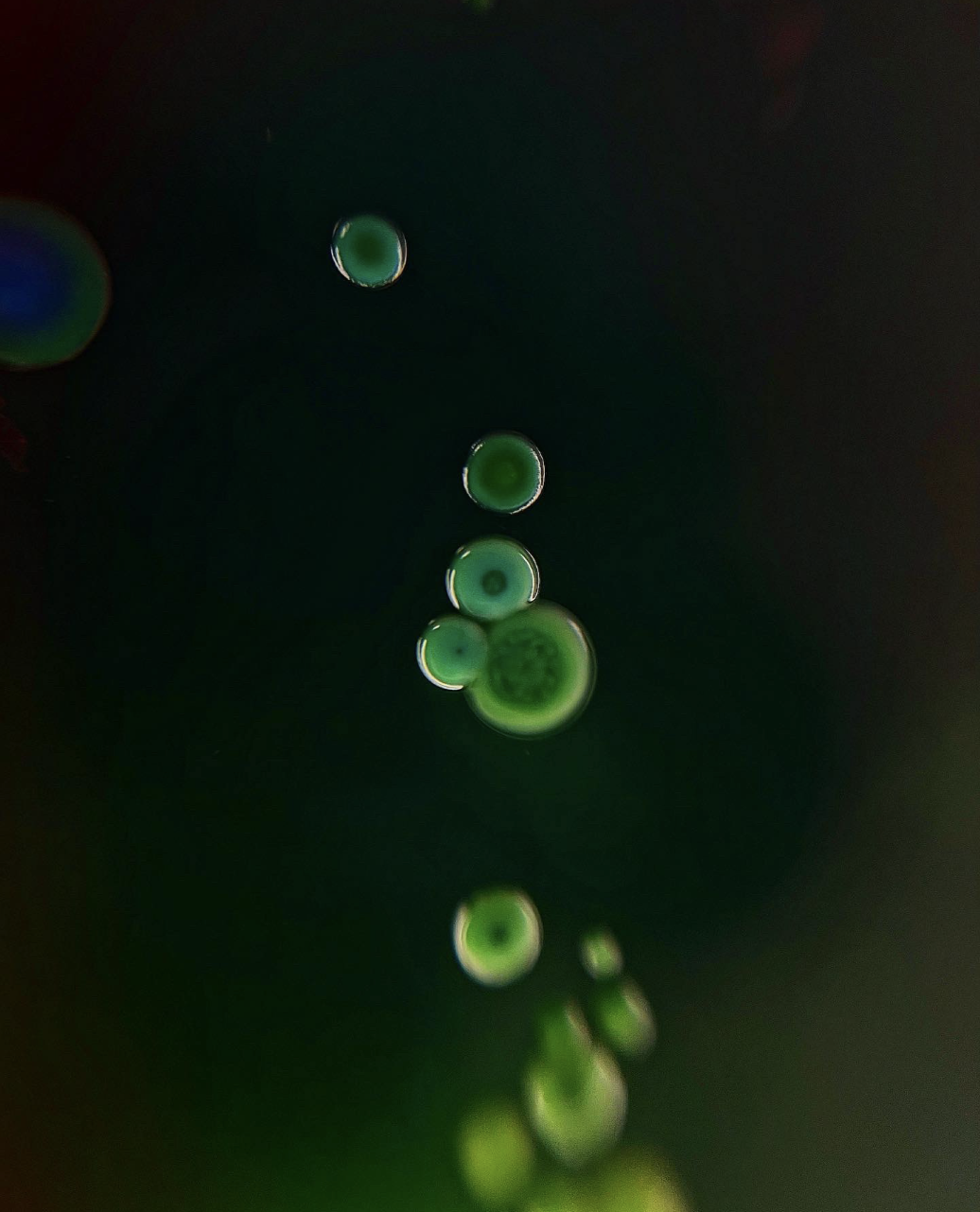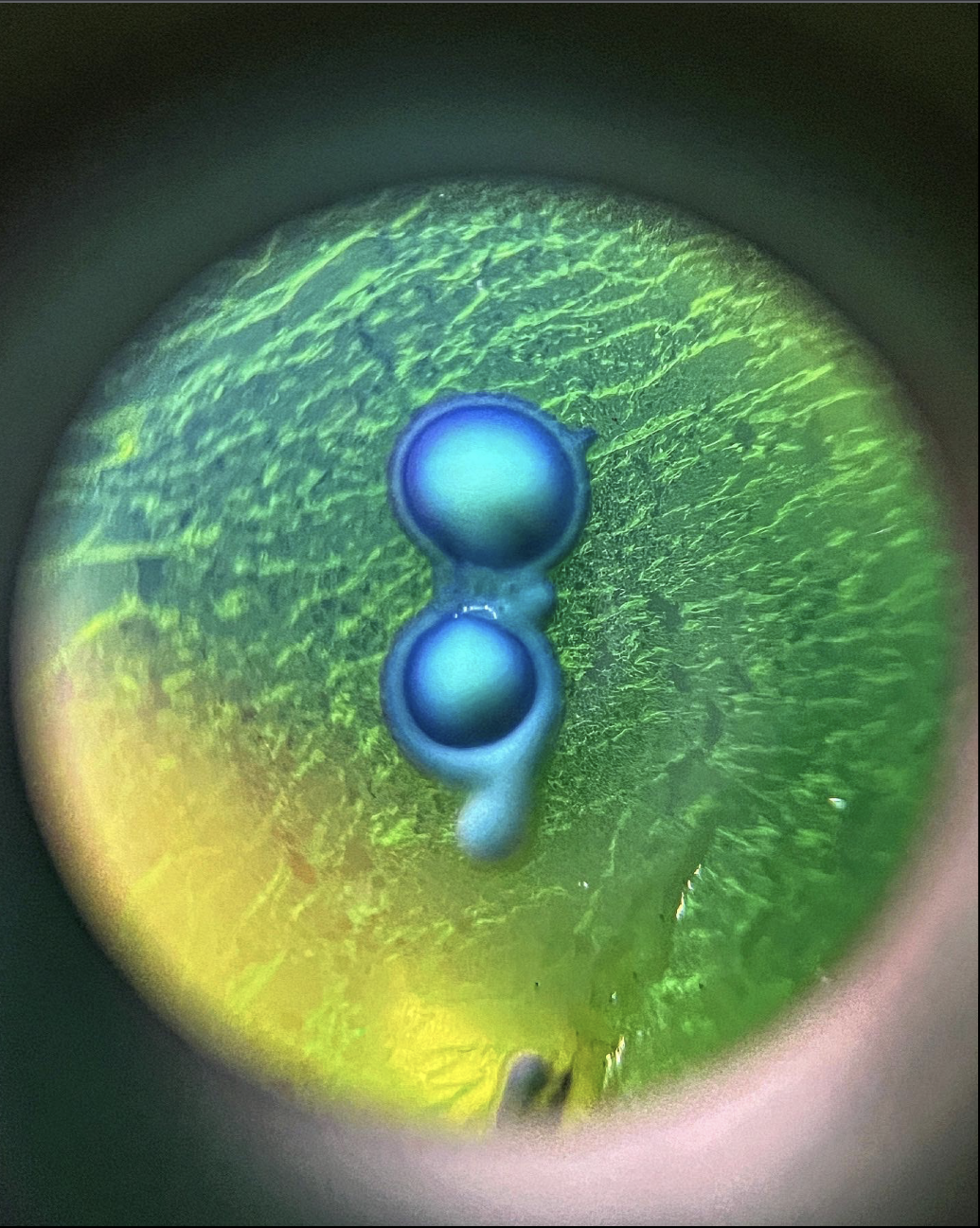¶
Remixing Materials¶
This week we have spent some time learning about Biomaterials at Sbiotica, a biodesign and material research hub by Lara and Jessica. Specifically, we learned how to create bioplastics made from natural waste and how to tap into the knowledge and power of mycelium to produce durable and asethetic materials.
sbiotica by Antonio Heinemann
Here is a presentation for our work in collaboration with Mark and Ramiro. Remixing Materials, MDEF
Printing clay¶
We also received a brief seminar to explore printing with clay. I was fascinated to understanding how this method of fabrication and prototyping works. It is interesting to wonder about the possibilities that could exist behind it! Perhaps I can find some applications to explore and test printing ceramics. Still, it is a process that involves much more complexity than printing with plastic, but definitely holds high charm.
printing clay by Antonio Heinemann
Exploring Materials¶

Let’s talk Coffee by Antonio Heinemann
Coffee Grounds from Nomad

Properties (functional, technical & emotional):
Earthy, granular, soft, stains brown.
Nutrient rich, making it a great substrate to act as fertilizer and a fountain for funghi to grow and thrive.
Describe what it is and its aspect/aesthetic (add photo to documentation) What is the story behind them (who did them, why, where did it come from?) Nomad is one of the best players in the coffee game. They serve some of the world’s finest coffee, and even better, beans are roasted to perfection with methodologies of high grade. I am thankful to say that Nomad has a shop a few blocks from Iaac which makes me a frequent customer; much like the other millions of people that drink coffee every day. Even with its nutrient rich characteristics, this material almost always ends up as high quality waste in the garbage. The material in regard is grounded coffee that has already been brewed and disposed of.
Applications: Ground coffee waste can be a sustainable biomaterial with potential applications in bioplastics, biofuels, natural fertilizers, and textile dyes due to its unique properties.
coffee prodocution by Antonio Heinemann
Further on the term, I used the knolwedge acquired to create a base for an electronics device and scultpure. The recipe used was the same one we had explored with in class using pine resin.
Prototype 2 biomaterial by Antonio Heinemann
Learning from references¶
Bacteria, Funghi, from Prana From the references, Dasha Plesen. color studies This is also my ideal material.

Properties (functional, technical & emotional):
Living, fractal, geometric, spontaneous. Gives me joy, creativity and a burst of energy. Makes me reflect on the multitude of dimensions that exist in reality and our constant, yet ignorant, relation to them.
Describe what it is and its aspect/aesthetic (add photo to documentation) The material itself can be a multitude of vessels. Yet, the real material in regard is a forest of bacteria and funghi that coexist to illustrate all sorts of colors, patterns, ideas and expression.
What is the story behind them (who did them, why, where did it come from?) Dasha Plesen is an artist from Moscow. She uses molds, bacteria, and fungi to create unique textures and patterns on various materials such as paper, leather, and textiles. Her work challenges what we consider beautiful and valuable, using often overlooked organisms to encourage us to rethink our relationship with the microbial world. One of her projects is called “Fungal Futures,” where she creates intricate designs using fungi.
https://www.behance.net/gallery/161293585/Colour-studies/modules/909962601

https://www.behance.net/gallery/161293585/Colour-studies/modules/909962593

Bacteria and fungi are some of the oldest and most widespread forms of life on Earth, with origins dating back billions of years. Over time, bacteria and fungi diversified and adapted to a wide range of environments, including harsh and extreme conditions. Bacteria and fungi are found in virtually every corner of the Earth and have many important applications in human society.
Applications: Audiovisual content. Videos, animations or photography. The results from bacteria are seducing and harmonizing. It could be a great application for any type of content really. It could also benefit from this format since it can be expanded in a live stream. Other applications for this could include prints of all sizes for decoration or visuals for design and art.
Although a different use of bacteria, here is our exploration working with funghi. This shows some of the process and results of making a pot with mycelium.
